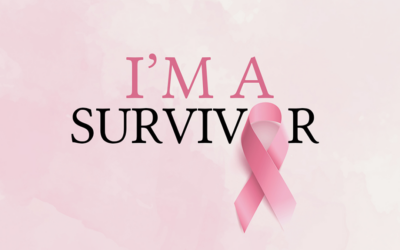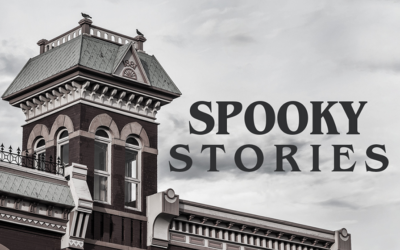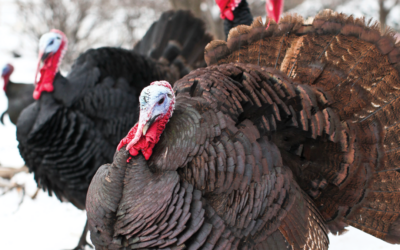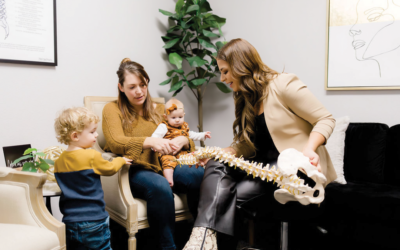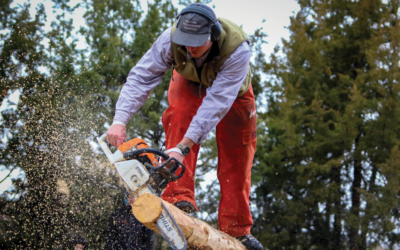Despite its prevalence in true crime stories popularized on TV and in podcasts, there are still more instances of domestic violence in Northern Colorado—and around the world—than many realize.
About one in three women and one in four men will experience some form of domestic violence in their lifetime, according to the World Health Organization. Most of these occurrences are in the form of intimate partner violence (IPV), which is defined as abuse or aggression that occurs between romantic partners.
The murder of 22-year-old Gabby Petito by her boyfriend in 2021 shows the worst outcome. Petito’s story is well known due to a media frenzy that followed her sudden disappearance after she posted a video about her van life with fiancé Brian Laundrie. Her body was found in a national forest in Wyoming, and a week later, Laundrie’s body was discovered in Florida. He shot himself after admitting in a letter that he killed her.
Petito’s parents have since made many public appearances to speak about their daughter’s death and warn others, as Petito had spoken of a physical altercation with Laundrie in a police video.
But parts of her story aren’t unusual. IPV is most common among women ages 16-24, which is why organizations like Fort Collins-based Crossroads Safehouse give presentations at local high schools to expose the dangers and signs of IPV as early as possible, says Lori Warren, executive director of the nonprofit.
Getting in front of young people is important because domestic violence is cyclical and repetitive. The average survivor leaves their abusive partner between seven and 10 times before permanently getting out of the relationship, according to local advocacy organizations. Once survivors leave for good, they often find that stable, healthy relationships are relatively boring, and they are at a heightened risk of entering another unstable relationship, says Jillian Kolman, a program manager with Loveland-based Alternatives to Violence.
“If they’re used to unsafe relationships, typically we see people continue to pursue unsafe relationships,” Kolman says.
To get ahead of the statistics, Crossroads Safehouse is working with Poudre School District to expand its program to students as early as middle school. But help doesn’t have to come in a formal classroom. If you find yourself questioning whether you’re in an abusive situation, or if you think a friend or family member might be in need, education and support make the biggest difference in successfully transitioning out of an abusive relationship, Kolman says. Read on for warning signs and how to help.
Red flags
Sudden changes intemperament or social life
Notice abrupt changes in mood and frequent cancellation of plans, Kolman says.
“If you’ve known someone for a very long time, and they’re super bubbly and extroverted, and then all of a sudden they start getting really quiet and withdrawn, that might be a sign,” she says.
While there’s no need to panic, she says using those changes as a cue to check in with a loved one can make a major difference.
Unexplained injuries
Physical abuse is often the easiest to identify because it leaves a mark. Look out for bruises, cuts or other injuries that are in different phases of healing, Kolman says, and pay extra attention if a person is downplaying their severity by giving explanations that don’t really make sense.
Other forms of physical abuse may not leave a mark but are physical in nature nonetheless, according to the staff at Crossroads Safehouse. These can include being intentionally locked out of the house, subjected to reckless driving, abandoned on the side of the road and threatened with a weapon.
Love bombing
Domestic abuse rarely starts at the beginning of a relationship. In fact, many abusers begin the relationship with “love bombing,” says Stacie Sutter, program director at Crossroads Safehouse, which can mean showering the other person with over-the-top gestures such as lots of notes and flowers.
“These relationships often move very quickly, and they look for a more serious commitment early on,” Sutter says.
That can look like moving in together within a few weeks or pressuring the other person to get intimate before they’re ready, she says. That kind of intensity can quickly lead to controlling the other person.
Isolation and jealousy
Isolation is one of the most common and concerning traits of domestic abuse, according to advocates. It happens when one partner tries to keep the other away from independently spending time with friends or family. Abusers try to keep that person at home by taking away the car keys, for example, or guilting the person into spending time with them instead.
“It’s really hard to leave an abusive situation when you don’t have friends or family to go to for support,” Kolman says. “It effectively limits your options of leaving.”
Closely related are behaviors of extreme jealousy, such as demanding to know or trying to control all of the details surrounding who the victim is with or where they are, Sutter says. This is especially problematic now that people can track others’ locations using their phones.
Threats
Major warning signs include threatening to report the victim to a higher power (such as immigration enforcement), threatening to commit suicide if the victim leaves the relationship or threatening to hurt another person or a pet.
“If you’re scared of their response, that’s a red flag,” says Dani Souza, outreach coordinator for A Woman’s Place, a domestic violence safehouse in Greeley.
Feeling the “ick”
No relationship is perfect, and at times, partners are going to get jealous, disagree and fight. The key is to tune in to that deeper level of intuition that distinguishes between what feels healthy and what feels alarming, Souza says.
“As human beings, we’re all allowed to be jealous,” she says. “If it makes you feel ‘ick,’ something’s up.”
Similarly, Kolman says most warning signs trigger a gut check or a bad feeling. Many people call these “red flags.”
“If something is not right with your friend in their relationship, you’re probably onto something,” Kolman says. “You’re picking up on some cue.”
How to Help
Believe the survivor
Abusers often do their best to look and act like model citizens, Sutter says. If someone comes forward with a story of abuse, give them the benefit of the doubt, even if it contradicts what you’re seeing from the outside.
Don’t tell them to leave
Friends and family of people experiencing abuse naturally and rightfully want to tell that person to leave their partner for good, Sutter says, but that message will only drive the person deeper into the throes of a bad relationship.
“There’s a lot of shame associated with being a survivor,” she says.
Asking a survivor why they are in a relationship with a “jerk” or bad person places the blame on the survivor and puts them in a place of emotional isolation, Sutter says, which is exactly where the abuser wants them to be.
Focus on what you’re observing
Before diving into a conversation with a loved one about major concerns, consider whether those efforts have the potential to drive that person further away, local advocates say.
“Is this a friend that you have really hard conversations with?” Sutter asks. “Do you think they will open up?”
If a conversation is definitely on the table, try not to badmouth the partner, Kolman says. Instead, focus on what you’re noticing in the survivor. How has that person changed since entering the relationship?
“You might be giving that person an opportunity to ask for help and support for the first time,” Kolman says. “Make sure they know that you are a safe place to go to and that you would not have any judgment about what they’re doing.”
Keep showing up
Watching a loved one continue choosing to be in an abusive relationship can be painful and frustrating. But cutting off ties is never a good idea, Sutter says.
“The abuse is going to thrive and grow when isolation occurs,” she says. “Keep showing up. Keep offering support.”
Plan an exit
No one wants to see a loved one seriously hurt, but advocates advise caution when it comes to bringing a survivor home or calling the police. In many instances, a survivor is safer staying in the relationship than abruptly leaving, so carefully planning an exit is key.
Talk about when or if the survivor feels it would be necessary to call law enforcement and whether they’d want to store important documents outside of their home, Kolman says. Those kinds of preventative conversations are even more helpful if pets or kids are involved.
A surprisingly high number of domestic violence-related homicides are collateral damage: first responders, neighbors or even kids caught in the crosshairs of an incident in which an abuser was aggravated, Souza says. For that reason, she says it’s important to think twice before simply taking a friend home.
“If the abuser knows [your location], all you’re doing is putting everybody in that household in danger,” she says.
Local Resources
Northern Colorado has several safehouses for people experiencing intimate partner violence, and those places have deep connections to other community resources that offer housing, legal advice, counseling and more. Each safehouse has beds in an undisclosed location for people who need a safe place to stay, and they offer a 24/7 hotline with trained professionals who can help survivors plan a safe exit from an abusive relationship.
Outside of Northern Colorado, safehouses offer similar services in Denver and Cheyenne, Wyo. Here’s how to get in touch around the clock.
Loveland
Alternatives to Violence
Call 970.669.5150 or text 970.669.5157
Fort Collins
Crossroads Safehouse
Call 970.482.3535 or 1.888.541.7233
Greeley
A Woman’s Place
Call 970.356.4226
Longmont
Safe Shelter
Call 303.772.4422
Estes Park
Estes Valley Crisis Advocates
Call 970.577.9781
Denver
Safehouse Denver
Call 303.318.9989
Cheyenne
Safehouse Services
Call 307.637.7233
National Domestic Violence Hotline
Call 800.799.7233



